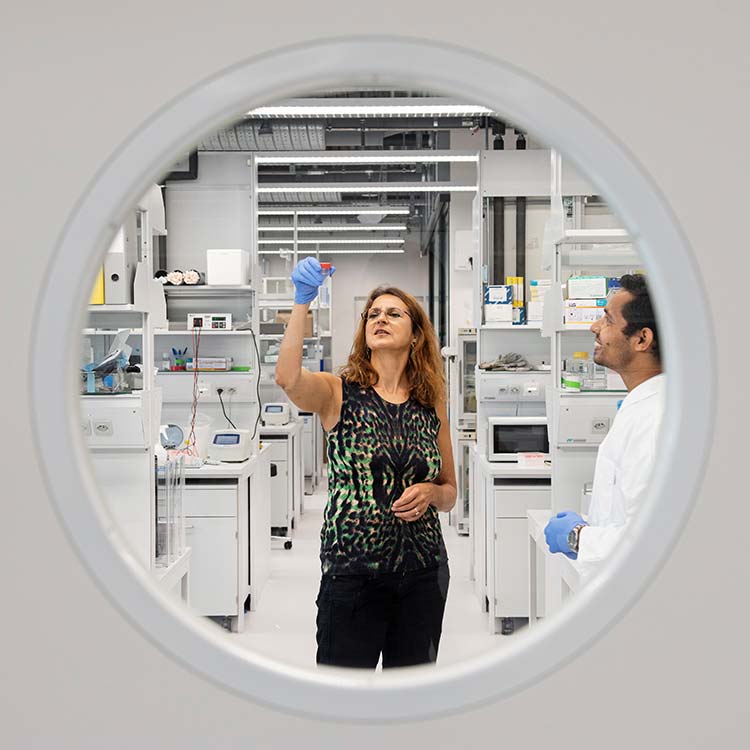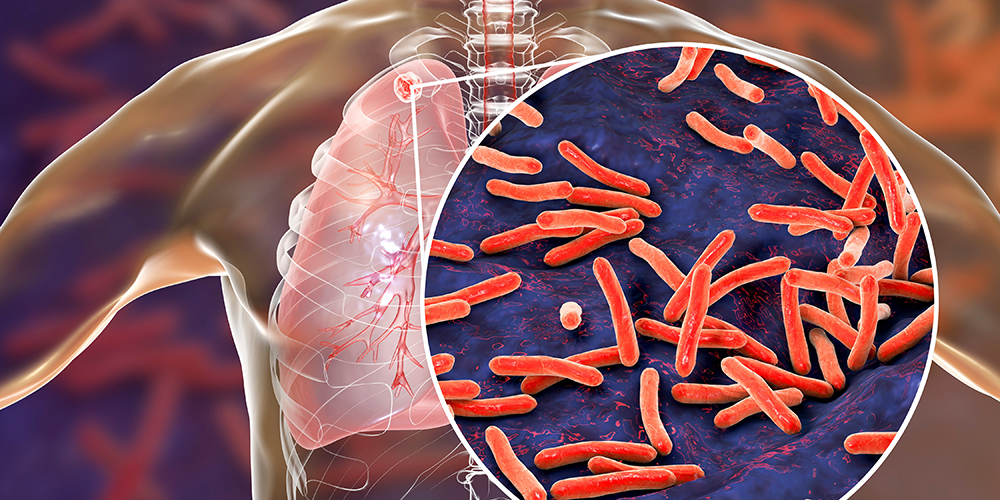Understanding the life trajectory of cells
As an organism develops, a great variety of cells arises, each with its specific shape and function. How does this happen? What goes wrong when the cells become cancerous or as the organism ages? These are the questions that the computer scientist Mihaela Zavolan would like to answer.
An adult human body consists of trillions of cells. While the genetic information is virtually the same in every cell, the shape and behavior differ widely amond the over 350 different cell types in the human body. This allows them to carry out widely different tasks: red blood cells transport oxygen, immune cells fight pathogenes, muscle cells enable movement and neurons transmit electrical signals.
How do these cells decode the same genetic information to carry out such different tasks? How do they cope with stress? How does their fuction deteriorate when we age? Prof. Mihaela Zavolan from the Biozentrum analyzes large-scale experimental data with computational models to answer these questions.
RNAs: The versatile molecules of life
Only 20 years ago, the DNA was known to provide the blueprint for cellular functions, proteins were viewed as the workers, and RNAs were understood to largely act as messengers between DNA and proteins. This perception changed completely with the discovery of small regulatory RNAs, to which Zavolan contributed. Working along with the Tuschl group at the Rockefeller University, Zavolan identified many small regulatory RNAs (microRNAs) in flies, zebrafish, mouse, human, and even viruses. MicroRNAs control important cellular processes such as cell division, differentiation, and death, and Zavolan decided to dedicate her research to investigating these molecules, as well as mechanisms that determine which and how much of each type of RNA is produced in human cells.
«It is fascinating how many jobs RNAs carry out, and how they end up playing such decisive roles in shaping gene expression and thereby the fate and functions of cells», says Zavolan. «A small RNA, only 22 nucleotides in length, determines whether or not a worm or a fish embryo develops». Beyond development, impaired RNA regulation is implicated in many diseases, including metabolic disorders, cardiovascular and neurodegenerative diseases, inflammation and cancer. RNAs are therefore of great medical interest, whether as drugs, biomarkers of diseases or, as we have just witnessed, as vaccines.
RNA processing in cancers
A main topic of current interest in Zavolan’s group is how variant messenger RNAs (mRNAs) are generated from the same genes in different cell types, providing cells with specific identity and behavior. For example, mRNAs not only encode proteins, but also contain sequence segments that interact with various proteins. These interactions determine the stability of the mRNAs, their localization within cells and the amount of protein that is produced from them. These regulatory regions in RNAs are much shorter in cancer relative to normal cells. «We have identified factors controlling the length of regulatory regions, and we are working towards deciphering their role in disease development.»
Perturbation of gene expression in aging
The second big question tackled by the Zavolan group is how do cells age. Studies in many organisms have shown that by reducing protein synthesis one can improve various functional parameters of the entire organism. «We would like to how the rate of protein production is regulated across mRNAs and conditions, as this would hopefully allow the development of new therapies for aging-associated diseases such as cancer, metabolic and degenerative disorders.» Currently, the Zavolan group has teamed up with other groups at the Biozentrum to investigate the mechanisms behind the perturbed protein synthesis in aging mice. They have already demonstrated that the mammalian target of rapamycin (mTOR), a central regulator of protein synthesis and cell growth, is also a key contributor to the aging-associated loss of muscle function (sarcopenia).
«We have only scratched the surface in charting the molecular landscape of aging cells. We look forward to exploring the wealth of data that we obtained in the long-term mouse study, to find new leads for improving the health of aging humans», says Zavolan. «Without computational tools, it would be impossible to see through the complexity of molecular networks. They also allow us to combine our data with data obtained in many different projects around the world, to identify, for example, evolutionarily conserved signatures of aging. These help us understand the key processes that are involved and could be targeted by therapies».
RNAs and Diseases
Interdisciplinary collaboration is central to Zavolan’s work. Her team, in which molecular biologists, bioinformaticians and software engineers work closely together, reflects the broad range of her projects and collaborations. She is a partner in the National Centre of Competence in Research NCCR RNA & Disease. With Prof. Markus Rüegg from the Biozentrum, she studies the molecular mechanisms of age-related muscle loss, in a project that was initially supported by an SNSF Sinergia grant. As a member of the Swiss Institute of Bioinformatics (SIB) she closely networks with scientists from the fields of life sciences, medicine and bioinformatics.




